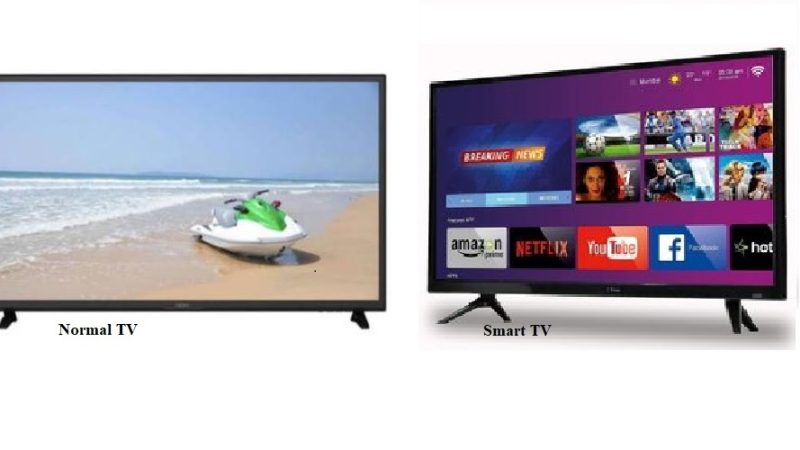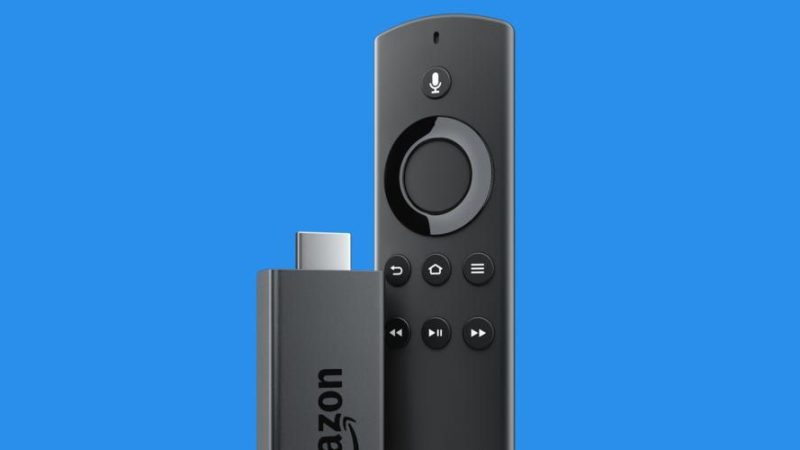Smart tv vs Normal

In the ever-evolving landscape of home entertainment, the debate between Smart TVs and traditional TVs continues to captivate consumers worldwide. With technological advancements rapidly shaping our viewing experiences, it’s crucial to understand the distinctions and benefits of each option. While traditional TVs have been a staple in households for decades, Smart TVs represent a modernized approach to entertainment, integrating internet connectivity and a plethora of interactive features. In this article, we’ll delve into the intricacies of Smart TVs versus traditional TVs, exploring their differences, advantages, and which might be the superior choice for your home.
Understanding Traditional TVs:
Traditional televisions, also known as basic or conventional TVs, have been the cornerstone of home entertainment for generations. These TVs operate on a simple premise: receive broadcast signals via antenna, cable, or satellite, and display the content on the screen. They typically feature a variety of input ports such as HDMI, RCA, and coaxial connections, allowing users to connect external devices like DVD players, gaming consoles, or streaming devices.
One of the primary advantages of traditional TVs lies in their simplicity and affordability. They are straightforward to set up and use, making them an accessible option for consumers who prefer a no-frills viewing experience. Additionally, traditional TVs often boast excellent picture quality and reliability, catering to individuals who prioritize clarity and consistency in their entertainment.
However, traditional TVs have limitations in terms of functionality and interactivity. They lack built-in internet connectivity and advanced features like app support, voice control, and content streaming. As a result, users may find themselves reliant on external devices or additional subscriptions to access online content, limiting the overall versatility of the television experience.
The Rise of Smart TVs:
In contrast to traditional TVs, Smart TVs represent a technological leap forward in home entertainment. These innovative devices combine the functionality of a television with the capabilities of a computer, offering seamless integration of internet-based services and interactive features. Smart TVs come equipped with built-in Wi-Fi connectivity, allowing users to access a vast array of streaming platforms, social media networks, and online content directly from their television screen.
One of the most significant advantages of Smart TVs is their versatility and convenience. With access to popular streaming services like Netflix, Hulu, and Amazon Prime Video, users can enjoy a wide selection of movies, TV shows, and original content without the need for additional devices or subscriptions. Moreover, Smart TVs often feature intuitive user interfaces and smart assistants, enabling hands-free voice commands and personalized recommendations based on viewing preferences.
Another notable benefit of Smart TVs is their ability to adapt and evolve over time through software updates. Manufacturers regularly release firmware updates and new features, ensuring that users can enjoy the latest advancements in technology without having to replace their television hardware. This level of flexibility and future-proofing is particularly appealing to consumers who value longevity and investment protection in their electronic devices.
Comparing Features and Performance:
When comparing Smart TVs to traditional TVs, several key factors come into play, including picture quality, connectivity options, and overall performance. While both types of televisions can deliver stunning visuals and immersive audio, Smart TVs often have an edge in terms of convenience and functionality.
In terms of picture quality, both Smart TVs and traditional TVs offer a range of display technologies such as LED, OLED, and QLED, each with its own strengths and weaknesses. However, Smart TVs may have an advantage in displaying high-definition content from streaming services, thanks to their integrated internet connectivity and support for advanced video codecs.
In addition to picture quality, connectivity options are a crucial consideration for many consumers. While traditional TVs typically offer a variety of input ports for connecting external devices, Smart TVs streamline the process by consolidating everything into a single hub. With built-in Wi-Fi, Bluetooth, and HDMI ARC (Audio Return Channel) support, Smart TVs make it easy to connect gaming consoles, soundbars, and other accessories without the need for additional cables or adapters.
When it comes to overall performance, Smart TVs often outshine their traditional counterparts thanks to their advanced processing power and software capabilities. Whether it’s seamless multitasking, smooth navigation, or responsive voice commands, Smart TVs excel in delivering a modern and intuitive user experience that caters to the demands of today’s tech-savvy consumers.
Conclusion:
The debate between Smart TVs and traditional TVs ultimately boils down to personal preference and individual needs. While traditional TVs offer simplicity and affordability, Smart TVs provide unmatched versatility, convenience, and interactivity. Whether you prioritize access to online content, intuitive features, or future-proofing capabilities, both options have their own unique strengths and advantages.
Ultimately, the choice between a Smart TV and a traditional TV depends on your viewing habits, budget, and desired level of technological integration. Whichever option you choose, one thing is certain: the evolution of home entertainment continues to push the boundaries of innovation, offering consumers more choices and possibilities than ever before.






